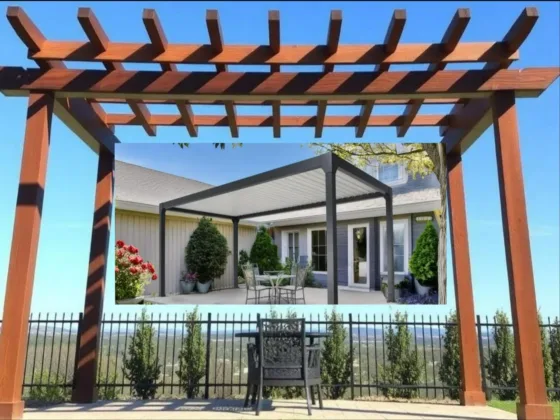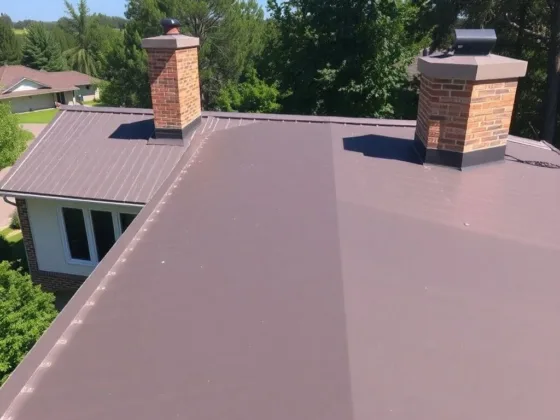Table of Contents Show
Be it a bungalow, a mansion, or a commercial building, taking up a building construction project expects a lot of dedication and expertise to avoid glitches or hiccups because of the high financial costs involved.
The most significant bit is when a building has been completed and has inhabitants, either an owner, family, or tenants.

During construction, certain things have to be emphasized to avoid loss of life and countless lawsuits. Likewise, certain aspects or requirements cannot be overlooked during the project’s planning phase.
To ensure you are on the right path, you will need to consult with a professional firm such as AM Construction and Design before undertaking any building project.
A licensed construction firm knows what is expected of a successful building project. They are skilled to ensure any building is designed and erected the right way at a minimal cost.
The following are some of the requirements that need to be focused on while designing a building.
Foundation
The foundation of a building can be termed as the most important part of the structure. In cases where there is a failure in the building‘s core structure, it is usually a faulty foundation.
The main quality of a good and stable foundation is that a building needs to remain immobile at all times without bending, sliding, or experience any other form of failure.
A proper building foundation needs to honor various concerns. First, a good foundation needs to evenly spread the total load on the structure over a wide area to ensure that it remains immobile.
A proper foundation should also ensure that the structure remains stable by preventing the movement of any supporting materials.
A good foundation should also have a bed that is even and firm for the entire building to rest on. Lastly, a good foundation should elevate the stability of the building as a whole and ensure that certain weather elements like strong winds do not cause the building to sway.
Read Also:
Plinth
Simply put, the plinth is the portion of the building that lies between the surface of the compound that surrounds the building and the floor surface right above the ground.
On average, it is usually at the height of 4.5 cm, but this is dependent on the weight of the building above it and how thick the foundation concrete is.
The plinth wall has the following relevance to a building: It is key in transferring the building’s weight to the foundation.
It acts as a retaining wall and fills in the space between the ground and the raised building floor while also safeguarding the building from being excessively damp or moist.
Walls and Superstructure Piers
Walls in buildings are essentially placed there to divide the building space. On the other hand, piers are the thick pillars placed at certain sections of the building to enhance the stability of the walls by providing support from the slides.
Irrespective of whether the wall is made of concrete, bricks, or reinforced masonry, any safe and decent wall needs the following qualities.
The wall needs to be strong enough so that it can be able to handle the building’s weight load safely.
The weight loads that affect walls are mainly from external forces such as wind and the building itself. It should be stable enough to ensure that the building does not crumble in on its weight.
The walls need to offer a decent resistance to fire as they double up as vertical separators that prevent the quick horizontal spread of the fire.
Every external wall needs to offer a decent amount of resistance to the weather elements and provide some heat and sound insulation.
The Roof
As the upper part of the building, the roof is responsible for enclosing the occupants of the building from the harsh elements presented by the weather such as rain, strong winds, scorching sunlight, snow, hailstones, you name it.
A good roof is as important to the building as the foundation as it is responsible for preventing any form of damage or destruction from above.
For a roof to be termed superior quality, it needs to provide adequate resistance to the various weather elements and be solid and stable.
It should also have the ability to take up any anticipated load safely: adequate heat and sound insulation. The roof should also provide natural lighting during the day.
Are you planning on constructing and not sure where to start? Hire a professional construction company to get you started.
This way, your only worry is funding your project and not worrying about the design and construction.










